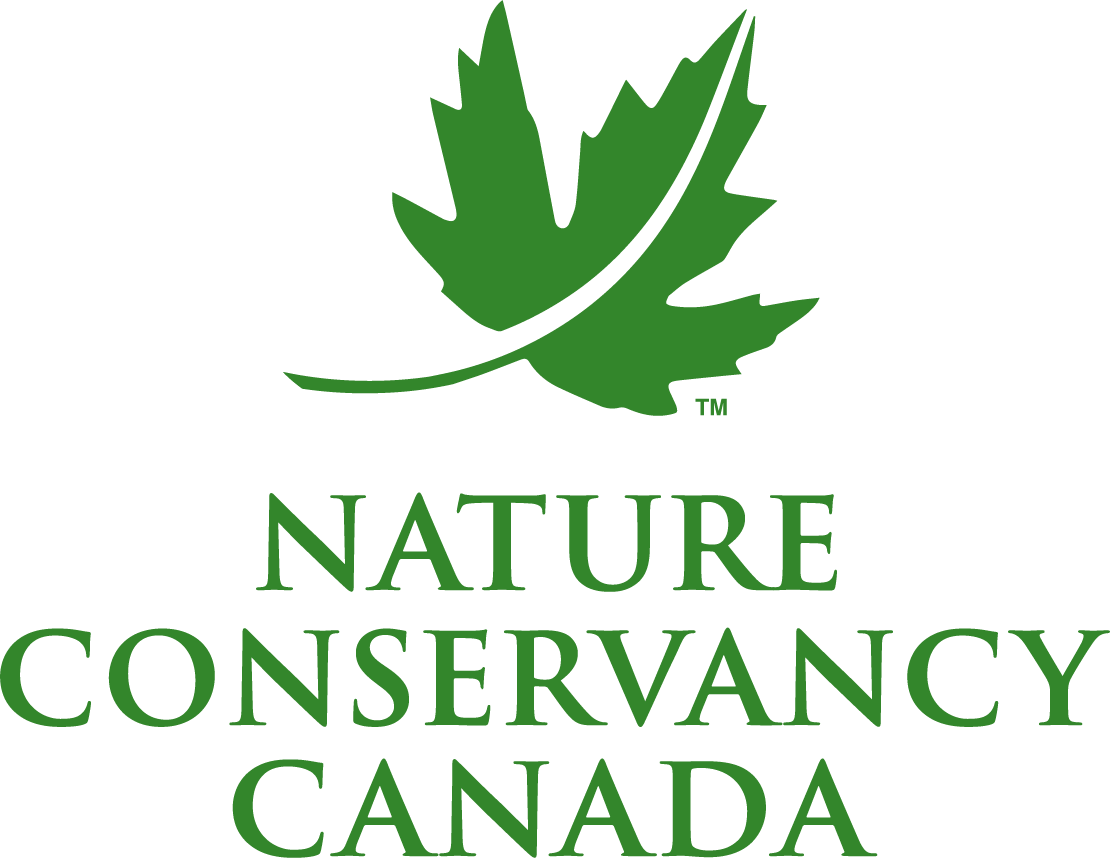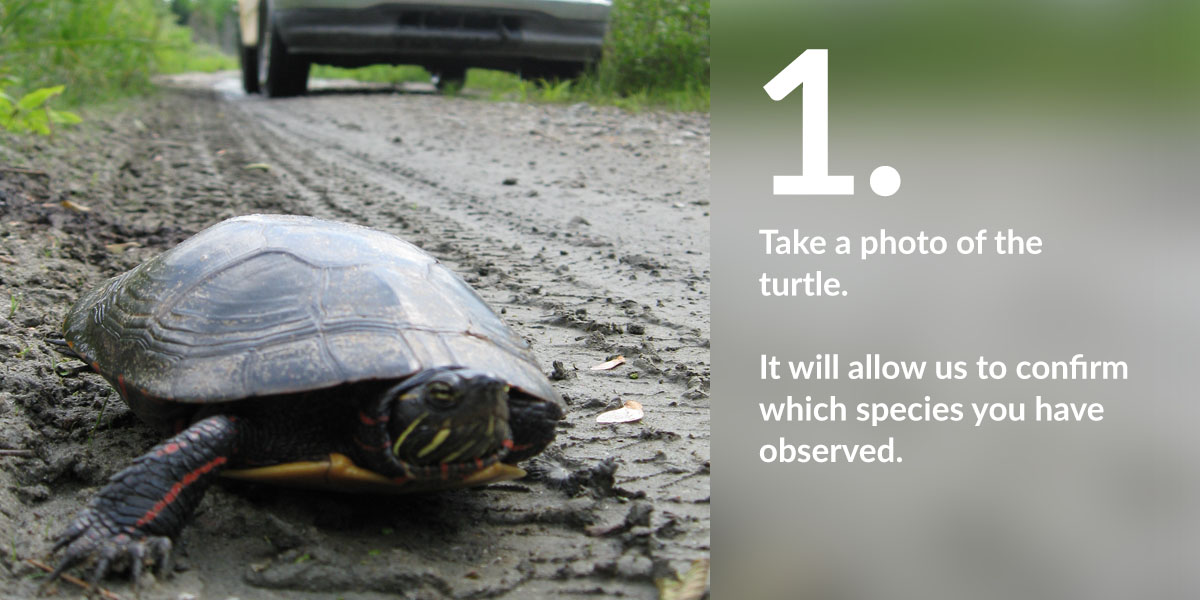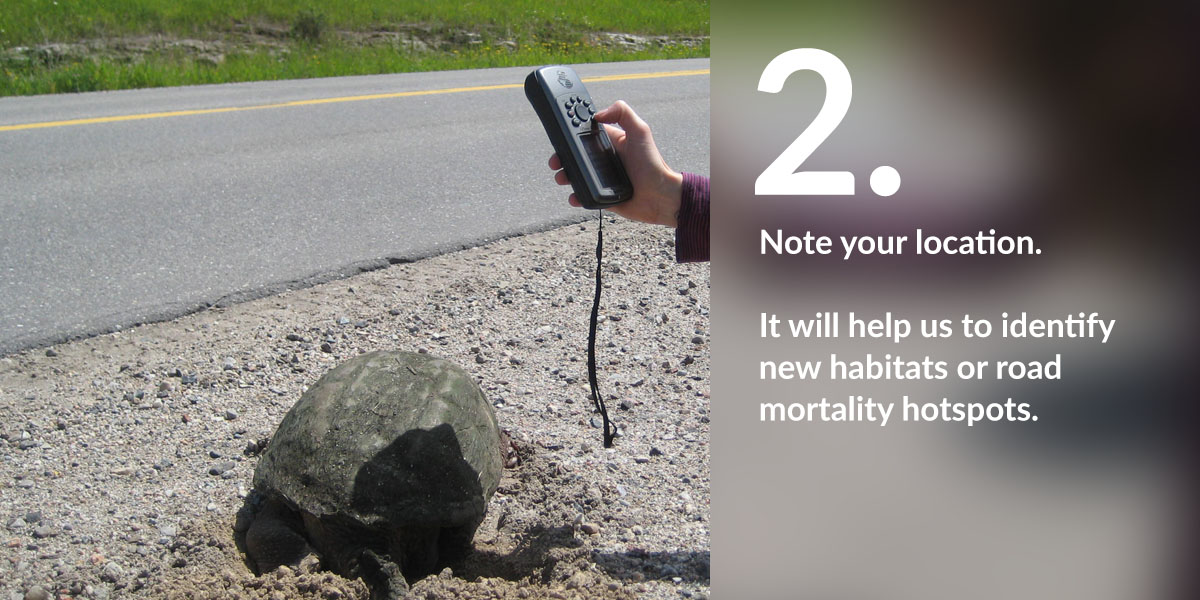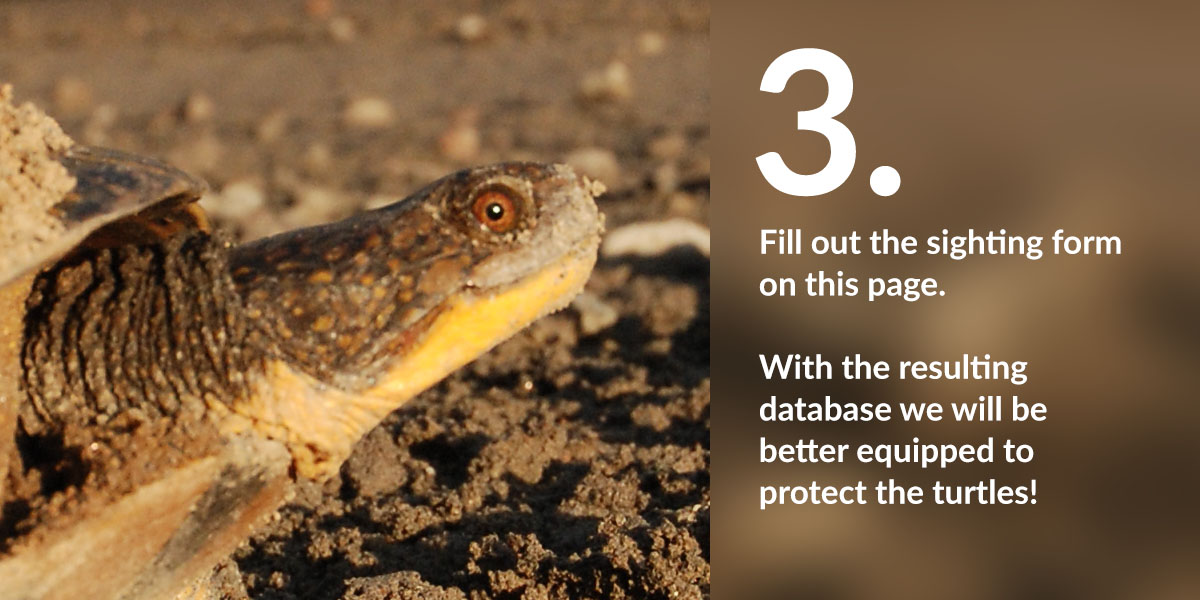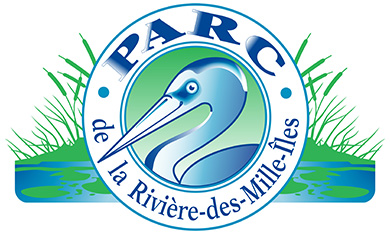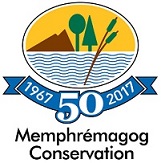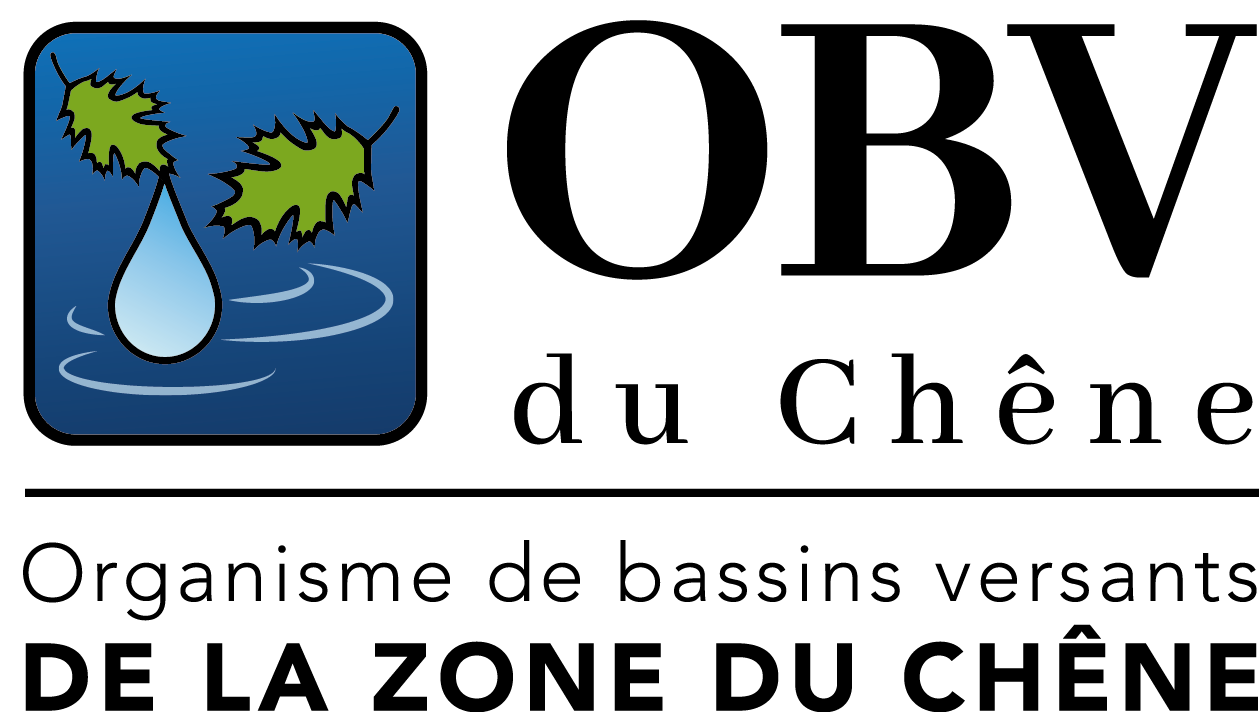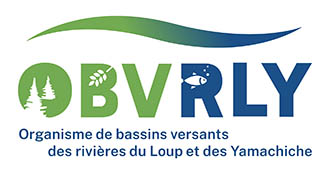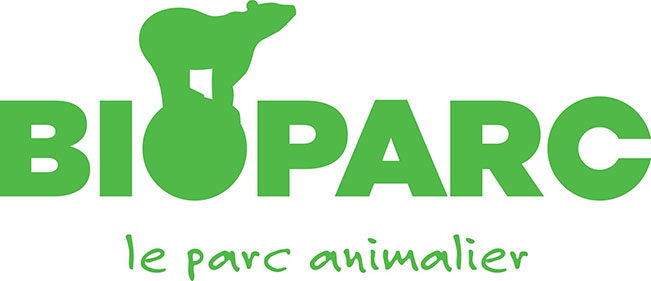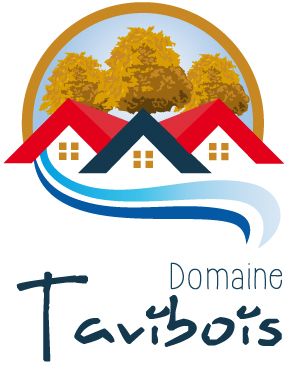It's hibernation time: the turtles finally take refuge at the bottom of lakes, marshes, ponds and streams. This protects them from the winter cold and allows them to avoid sub-freezing temperatures.
Injured turtle? Don't leave it in the wild! Stay put and call us immediately at 1-450-622-1020 ext. 286. We'll tell you how to help!
Have you seen a live, wounded or dead turtle? Swipe the slider or use the arrows!
Injured turtle? Don't leave it in the wild! Stay put and call us immediately at 1-450-622-1020 ext. 286. We'll tell you how to help!
Carapace Project Turtle Sighting Form
Active season: Since April 1st 2024, 1,285 forms have been submitted to Carapace.
Carapace is now on iNaturalist! For those who prefer using this application to submit their sighting, click here.
Have you seen a turtle in Quebec? The Carapace Project wants to know about it!
It’s not unusual to see turtles leave the relative safety of wetlands to travel on land. During their active season, from May to October, turtles are on the move to search for food, find a new habitat, look for a mate, or lay eggs. Unfortunately, traveling on land and crossing roads has its share of risk for turtles because it makes them vulnerable to collisions or disturbance.
This is why the Carapace team needs your help. If you spot a turtle in Quebec, let us know by filling out the form on this website.
Be on the lookout especially in June! Female turtles travel more frequently to find a good spot to lay their eggs. You might see them digging on road shoulders made of sand or gravel, a behavior that often costs them their lives.
Turtles of Quebec
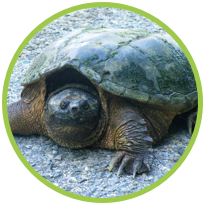
Snapping turtle
Photo: NCC
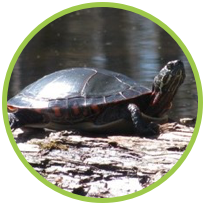
Painted turtle
Photo: NCC
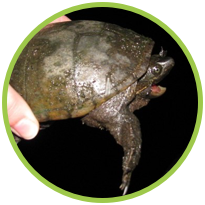
Musk turtle
Photo: NCC
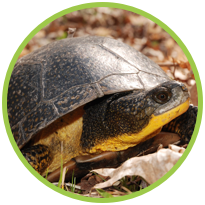
Blanding’s turtle
Photo: Simon Pelletier
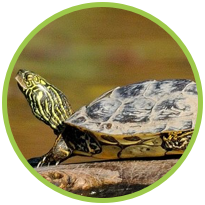
Map turtle
Photo: Simon Pelletier
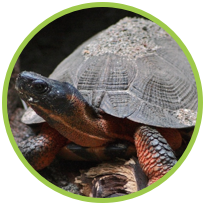
Wood turtle
Photo: Frédérick Lelièvre
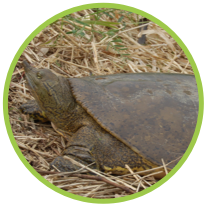
Spiny Softshell turtle
Photo: Lyne Bouthillier
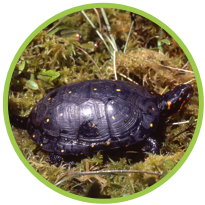
Spotted turtle
Photo: Daniel Brunton
What to do if you see a turtle on the road
How to report your observation
Why should you help to protect turtles?
Before helping a turtle at risk of being struck by vehicles
Subscribe to the Carapace newsletter
Contact us
Reach out to us if you have questions or concerns! Please read our FAQ before sending us an email. You can contact us at carapace@natureconservancy.ca.
Frequently asked questions (FAQ)
Click on the items below to find answers to common questions.
Carapace Taxi
In response to the growing demand to care for injured turtles, Éco-Nature created the Centre de réhabilitation pour les tortues du Québec (CRTQ) in 2016. With the help of veterinarians, volunteers, and donations, the CRTQ's mission is to reduce native turtle mortality in local populations by providing care for injured, sick, or illegally kept native turtles so they can return to their natural environment.
Thanks to the emergency number posted on the Carapace platform, many injured turtles can be treated by the CRTQ. However, in more than one case out of ten, injured turtles are left in the wild by observers when care would have been desirable. Moreover, although Éco-Nature staff can transport many turtles, the organization does not have the capacity or financial resources to rapidly transport all injured turtles in Quebec to a care center. While waiting for transport, injured specimens are sometimes kept in people's homes for more than 48 hours before being treated. These delays represent an animal welfare issue and increase the risk of mortality. Fortunately, some citizens are willing to provide their own transport, while others agree to take on part of the journey.
If you'd like to volunteer to help transport injured turtles and have access to a vehicle, you can sign up now for the Taxi Carapace initiative by filling up the following form:
All Taxi Carapace volunteers will receive a kit containing a sticker for their vehicle, a pin to put on the garment of their choice, and a list of best practices for the safe transport of turtles.
Did you know that some nautical activities can pose a threat to Québec’s freshwater turtles?
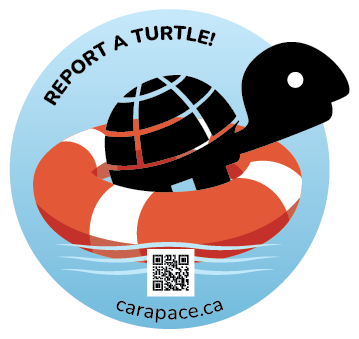
They need your help! Thank you for helping to protect them by adopting these best practices.
To lower the risk of collision and disturbance by boaters:
Reduce your speed in bays and shallow areas.
Avoid driving through aquatic grass beds and near sun-basking areas.
Minimize disturbance on beaches in June by grouping your activities closer together.
Avoid approaching turtles, especially when they are laying eggs.
For fishermen:
Fish with barbless hooks.
Stop fishing if you see a turtle swimming in the area.
Don’t cut your line if you catch a turtle.
Avoid reeling the turtle in if possible and try to catch it in your net instead.
Use pliers to retrieve the hook, and be careful not to get bitten, especially with snapping turtles.
Experts for injured turtles
Eco-Nature Rehabilitation Centre
1-450-622-1020 ext. 286 (10:00 a.m. – 4:30 p.m.)
sostortues@eco-nature.ca
